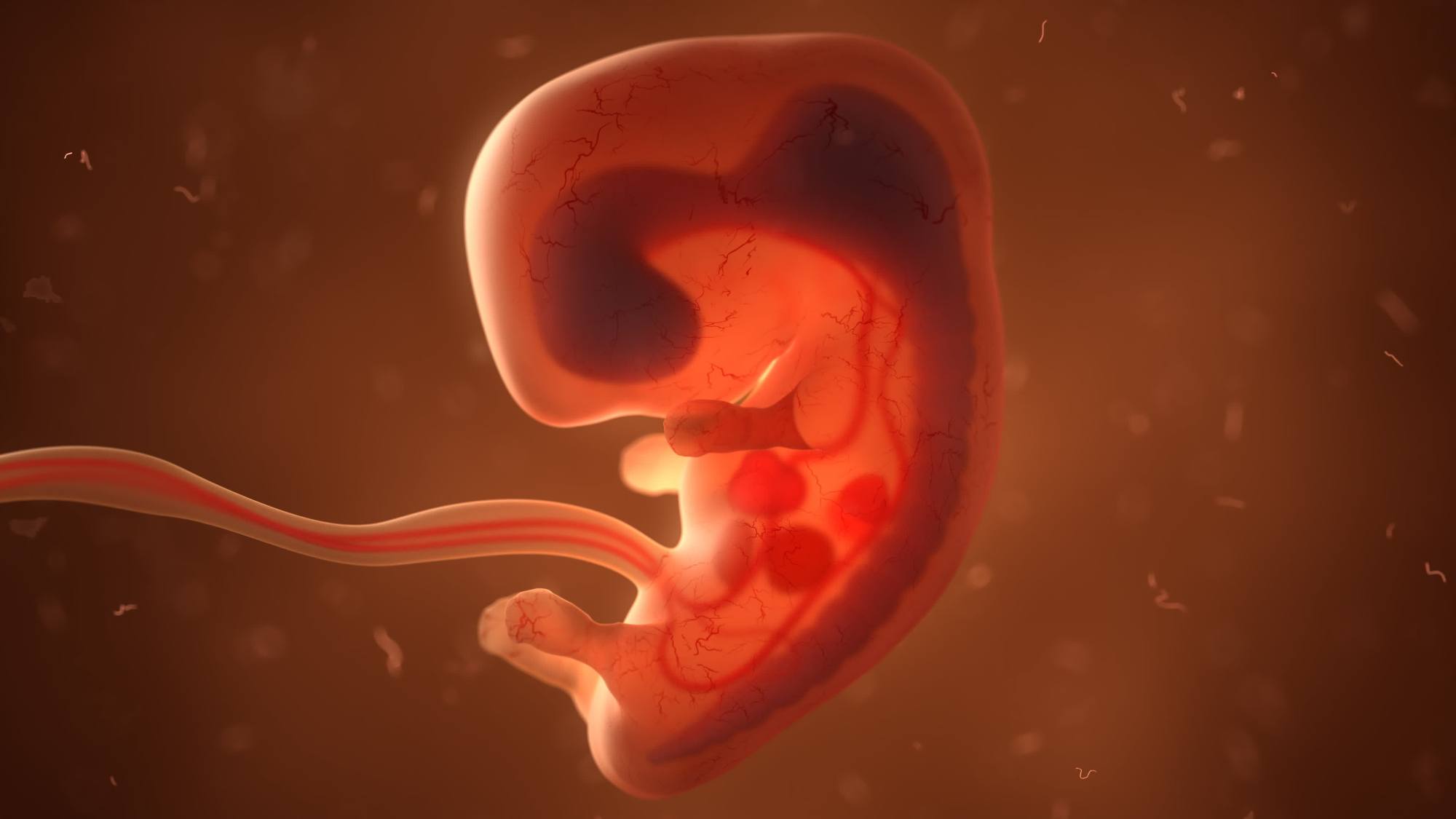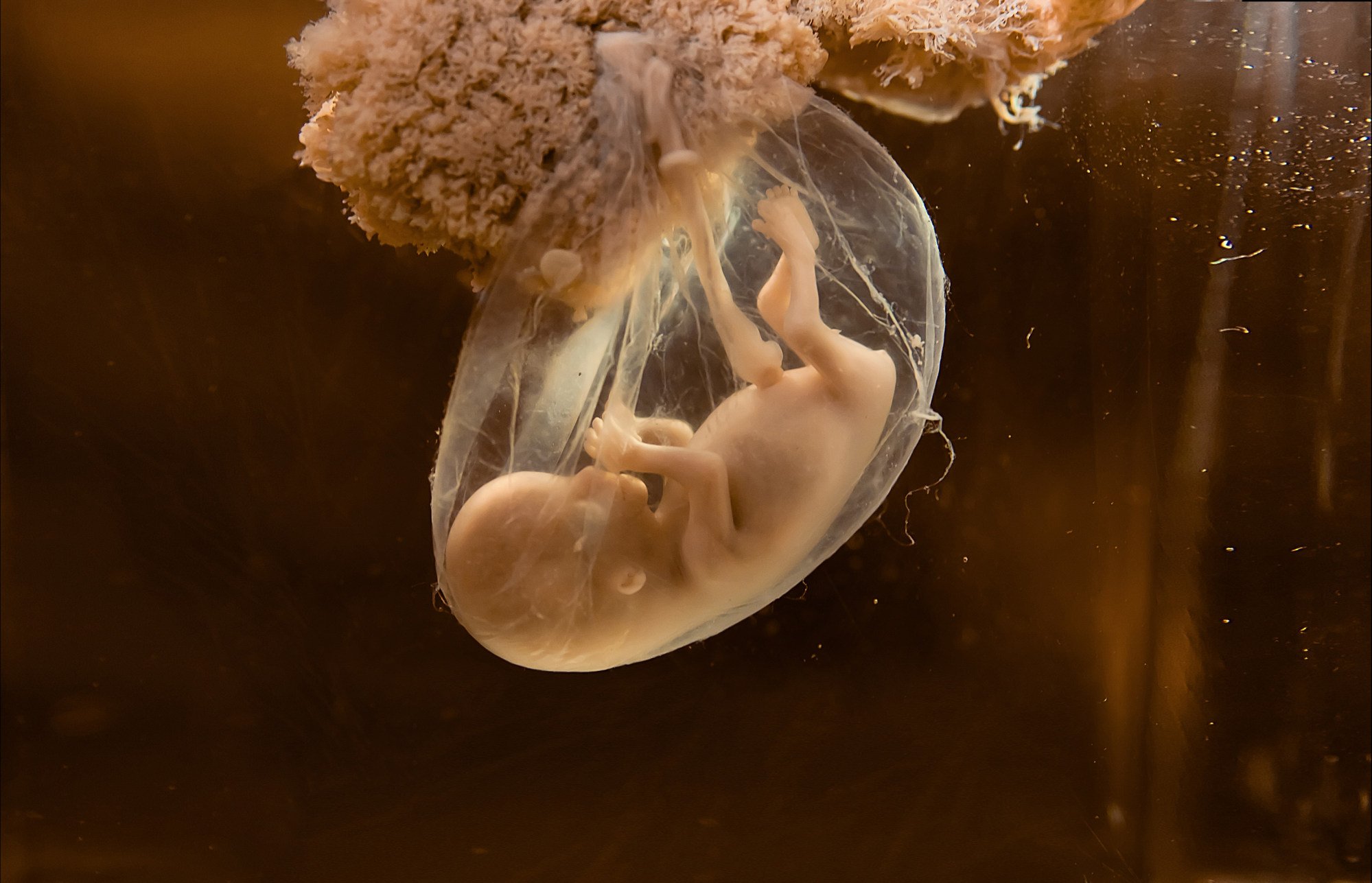
Scientists grow mini organs from cells shed by fetuses, which may pave the way for doctors to monitor and treat unborn babies’ health defects
- Researchers have, for the first time, grown mini organs from tissue-specific stem cells taken from amniotic fluid in women’s wombs during active pregnancies
- Scientists are excited – this could eventually help doctors monitor and treat congenital conditions before birth and develop therapies for babies in the womb
Scientists have created mini organs from cells floating in the fluid that surrounds a fetus in the womb – an advance they believe could open up new areas of prenatal medicine.
Researchers from University College London and Great Ormond Street Hospital in the United Kingdom collected cells from amniotic fluid samples taken during 12 pregnancies as part of routine prenatal testing. Then, for the first time, they grew mini organs from cells taken during active pregnancies.

“We’re really excited” about that possibility, said Mattia Gerli of University College London, an author of the new study published in the medical journal Nature Medicine.
The tissue-specific stem cells Gerli and his colleagues collected were shed by the fetus, as normally happens during pregnancy. The scientists identified which tissues the stem cells came from, and found cells from the lungs, kidneys and intestines.
1,000 Hong Kong couples with history of birth problems to be eligible for free tests
Previously, mini organs have been derived from adult stem cells, which more closely resemble adult tissue, or fetal tissue after an abortion.
Collecting cells from amniotic fluid gets around regulations about taking stem cells directly from fetal tissue, allowing these scientists to get cells from fetuses in the latter part of pregnancy.
In the United Kingdom, the legal limit for terminating a pregnancy is generally 22 weeks after conception. Scientists cannot get fetal samples after that, limiting their ability to study normal human development or congenital diseases past that point.

In the United States, abortion restrictions vary by state. It is legal in most to use fetal tissue for research, said Alta Charo, an emeritus professor of law and bioethics at the US-based University of Wisconsin at Madison.
Charo, who was not involved in the study, said the new approach does not raise the same ethical issues.
“Obtaining cells from amniotic fluid that is already being sampled for standard clinical purposes does not appear to add any physical risks to either fetus or pregnant woman,” she said in an email.
Hong Kong study finds prenatal tests cut infant deaths, illness for common infection
Dr Arnold Kriegstein, who directs the developmental and stem cell biology programme at the University of California, San Francisco, and also was not involved in the research, said getting cells this way has “the potential of giving you some information about that individual fetus as it’s growing”.
To examine one practical use of their approach, the UK team worked with colleagues in Belgium to study the development of babies with a condition called a congenital diaphragmatic hernia, in which organs such as the liver and intestines get displaced into the chest because of a hole in the diaphragm.

The lungs do not develop the way they should, and about 30 per cent of fetuses with the condition die. If doctors detect the hernia, they can operate on the fetus while it is still in the womb.
Researchers grew lung organoids from the cells of fetuses with the condition before and after treatment and compared them to organoids from healthy fetuses.
Dr Paolo de Coppi, an author of the study from University College London and Great Ormond Street Hospital, said they were able to assess the affected child’s condition before birth using this method.
Doctors are now unable to tell families much about the outcome of a prenatal diagnosis because each case is different, he said. The ability to study functioning prenatal mini organs, he added, is the first step towards a more detailed prognosis and more effective treatments.
What will we learn by sending cancerous tumours into space?
Kriegstein said more research is needed. “It’s in the very early stages,” he added, “and we’ll have to wait and see how useful it’ll be in the long run.”

